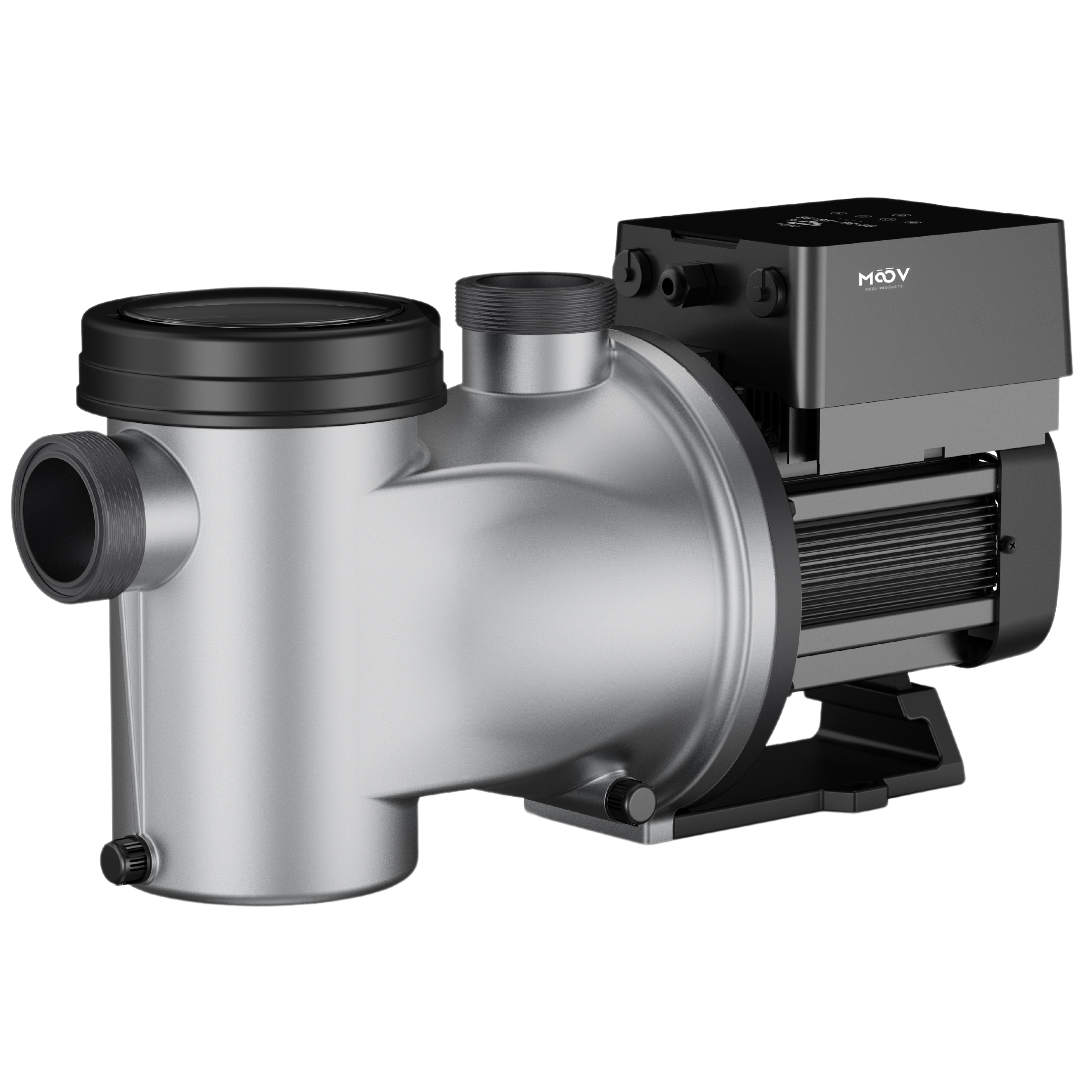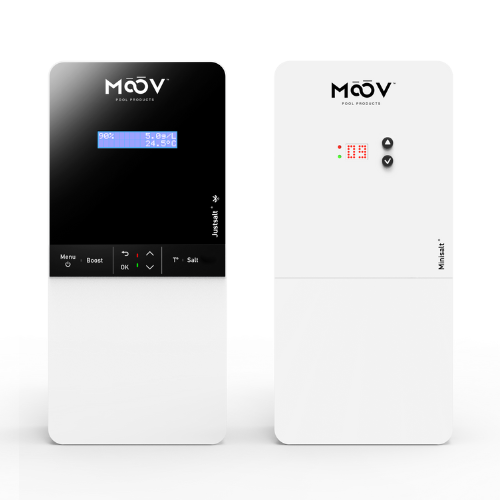Two things are needed!
This technology eliminates losses associated with rotor windings and optimizes its efficiency. Variable speed control becomes much more precise and responsive.
The FOC Inverter controller acts as the brain of the product and adjusts the current in real-time via vector magnetic control. This method is optimal for brushless DC motors and PMSM motors, allowing the Moov Ai Pump to drastically reduce the product's noise level while also enhancing its efficiency.
Permanent Magnet Synchronous Motors (PMSMs) have a rotor with permanent magnets that generate a fixed magnetic field. The stator contains windings through which alternating current flows, creating a rotating magnetic field. Asynchronous motors have a rotor without permanent magnets. Instead, they rely on electromagnetic induction to generate a rotating magnetic field.
Permanent Magnet Synchronous Motors (PMSMs) operate synchronously with the frequency of the applied AC voltage. The rotor rotates at the same speed as the rotating magnetic field produced by the stator. Asynchronous motors operate asynchronously, meaning the rotor turns at a slightly slower speed than the rotating magnetic field produced by the stator. This speed difference is called slip.
Permanent Magnet Synchronous Motors (PMSMs) offer precise speed control and high efficiency over a wide range of speeds. They require complex control algorithms and often use sensors for feedback. Asynchronous motors are simpler in construction and control. They are robust and reliable but typically have lower efficiency compared to PMSMs, especially at low speeds.
Permanent Magnet Synchronous Motors (PMSMs) are commonly used in applications requiring high efficiency, precise speed control, and variable speed operation, such as pool pumps. Asynchronous motors are widely used in various industrial and domestic applications, including some lower-quality pumps.

Discover salt systems water treatment and why they conquered the pool world!
 Learn more
Learn more